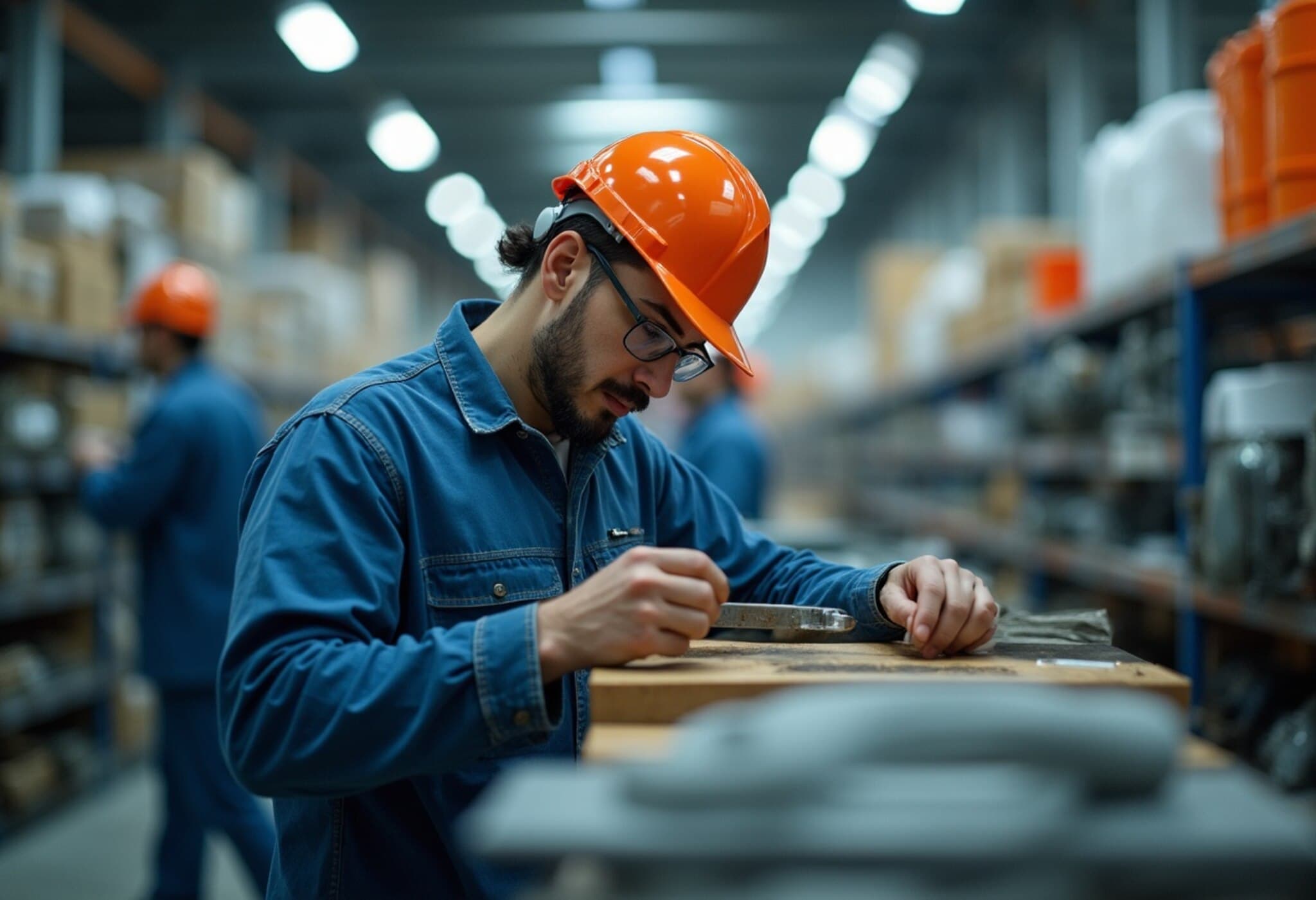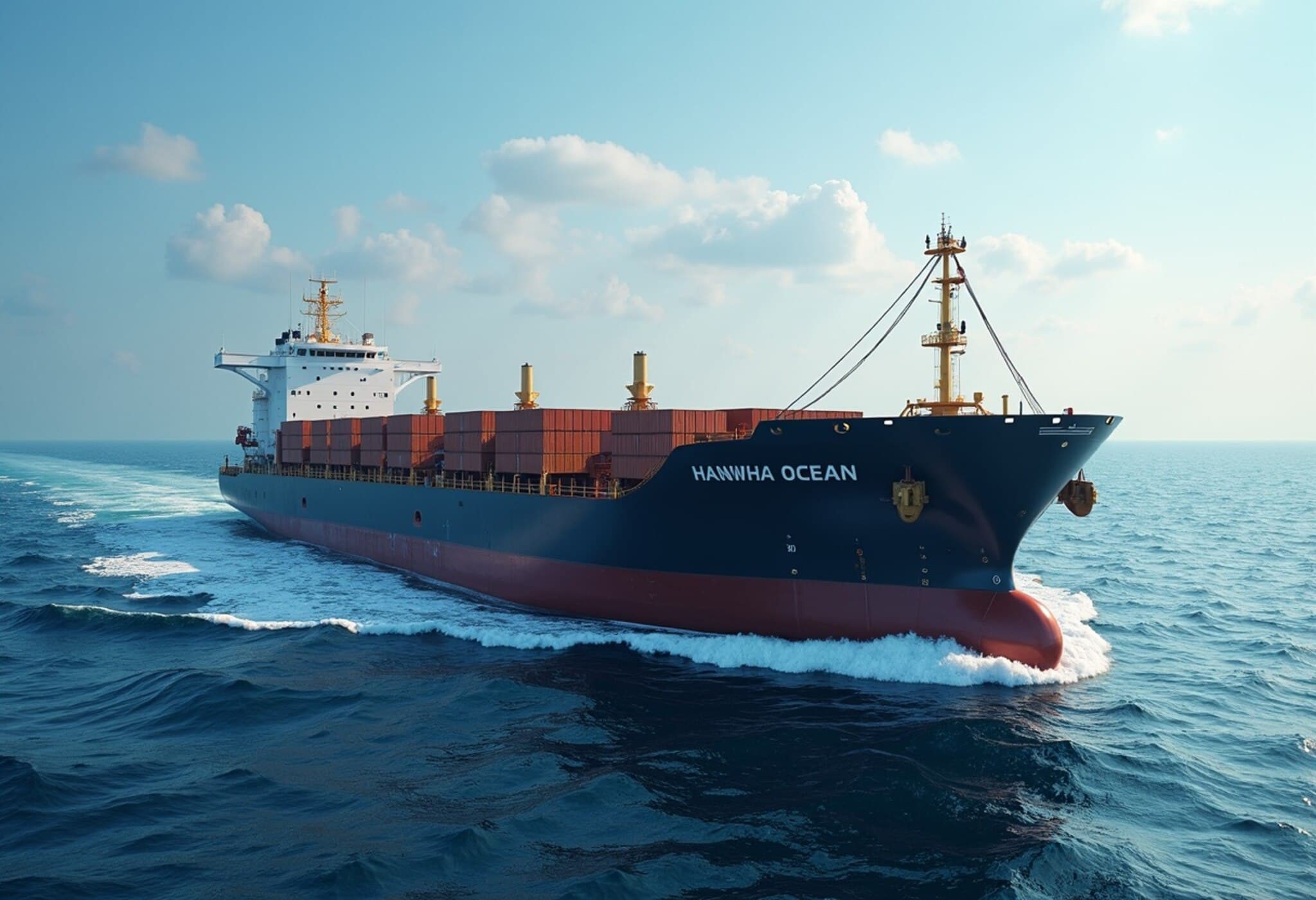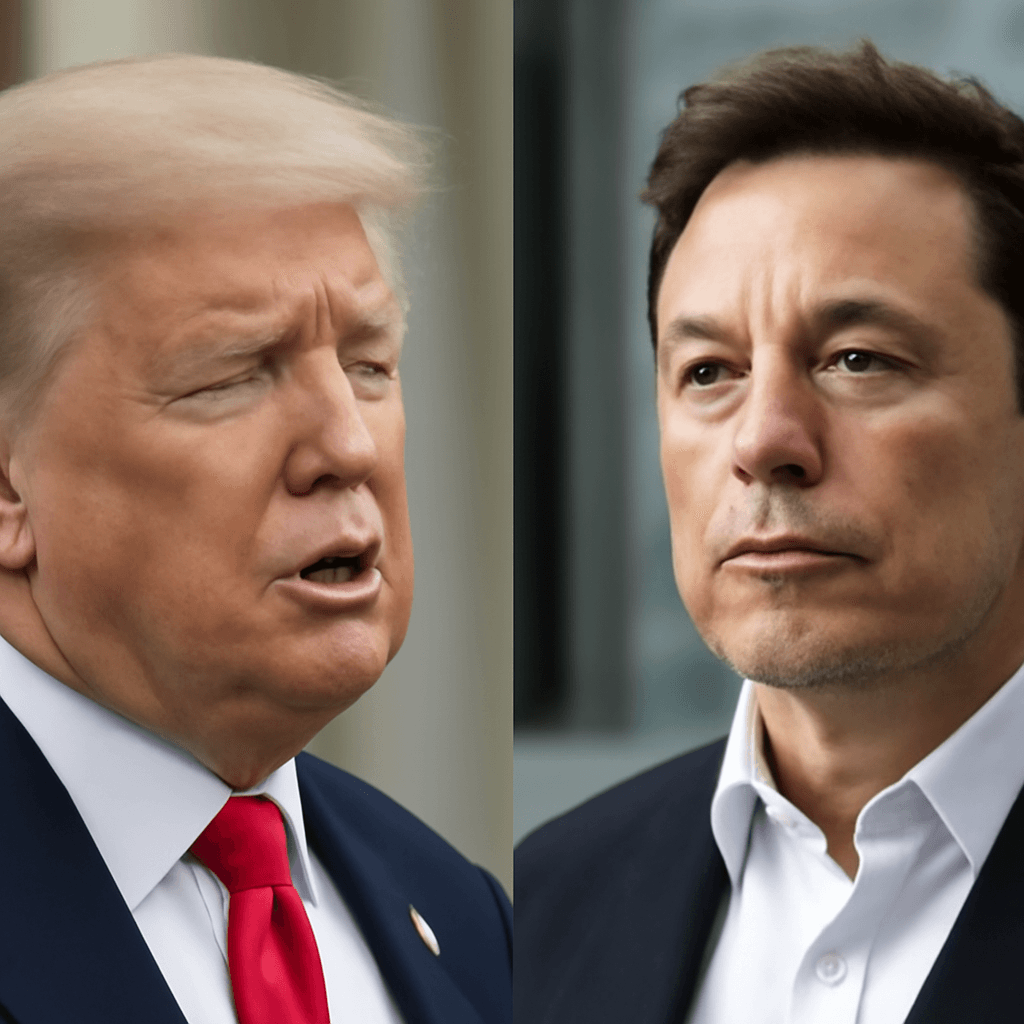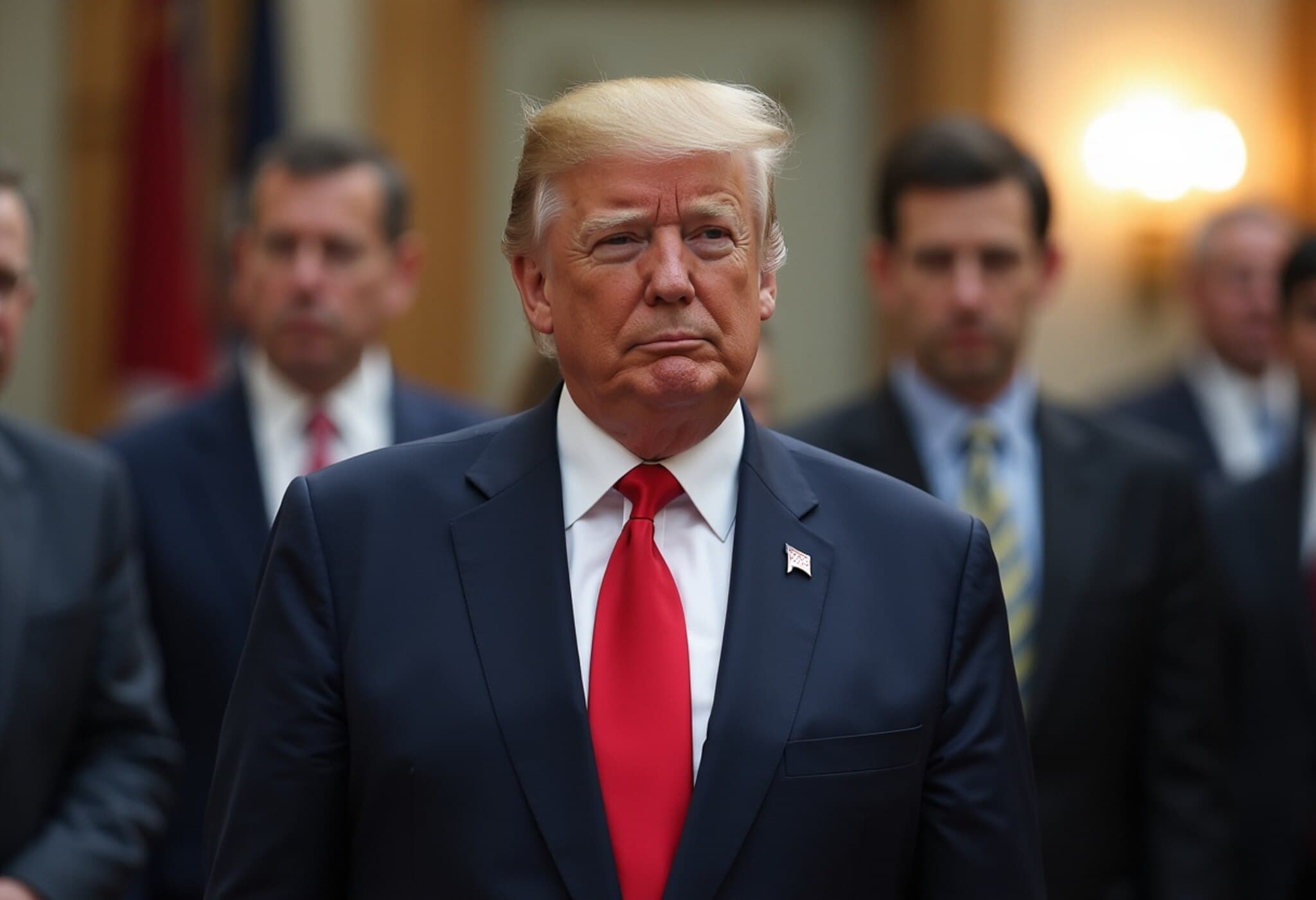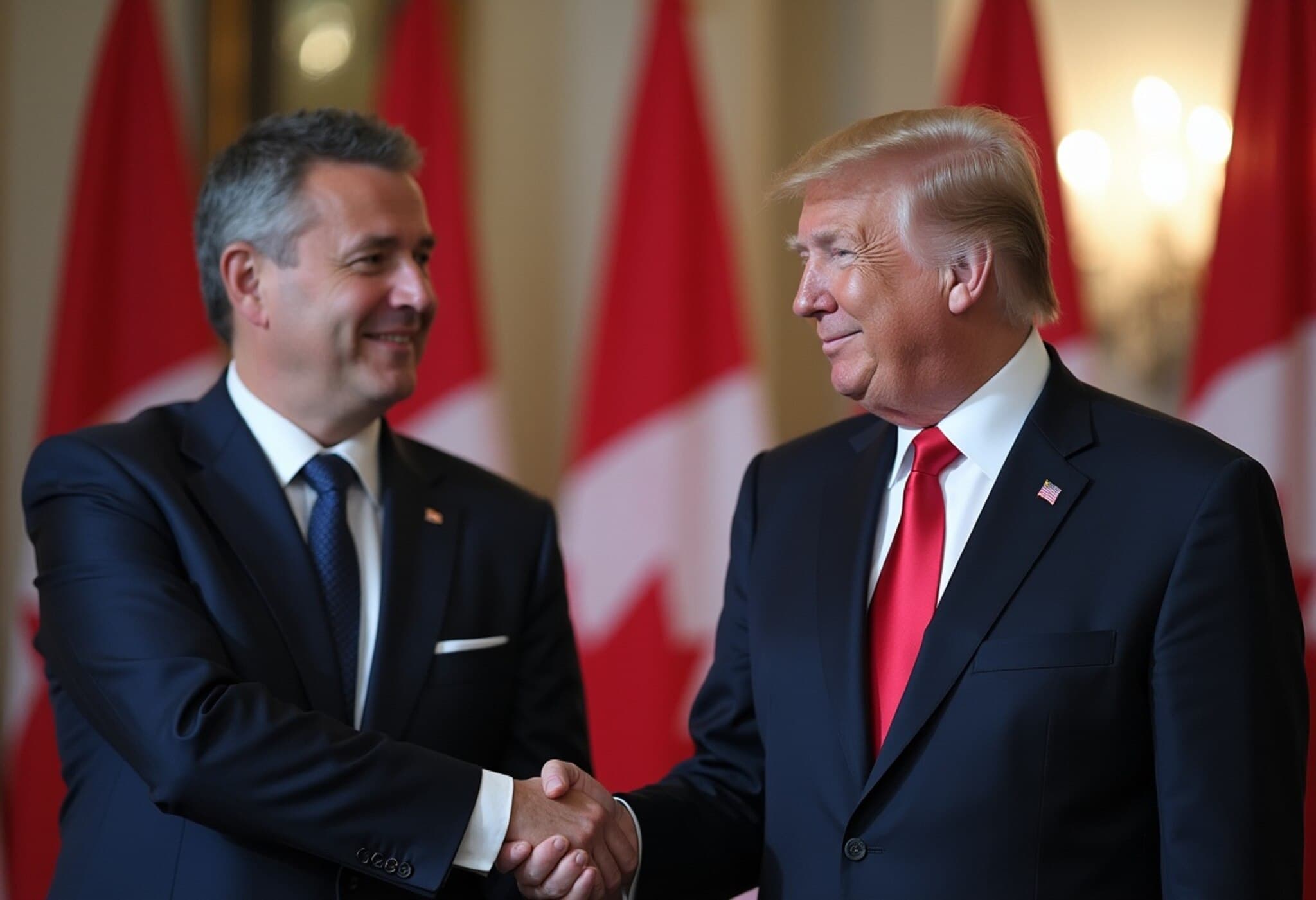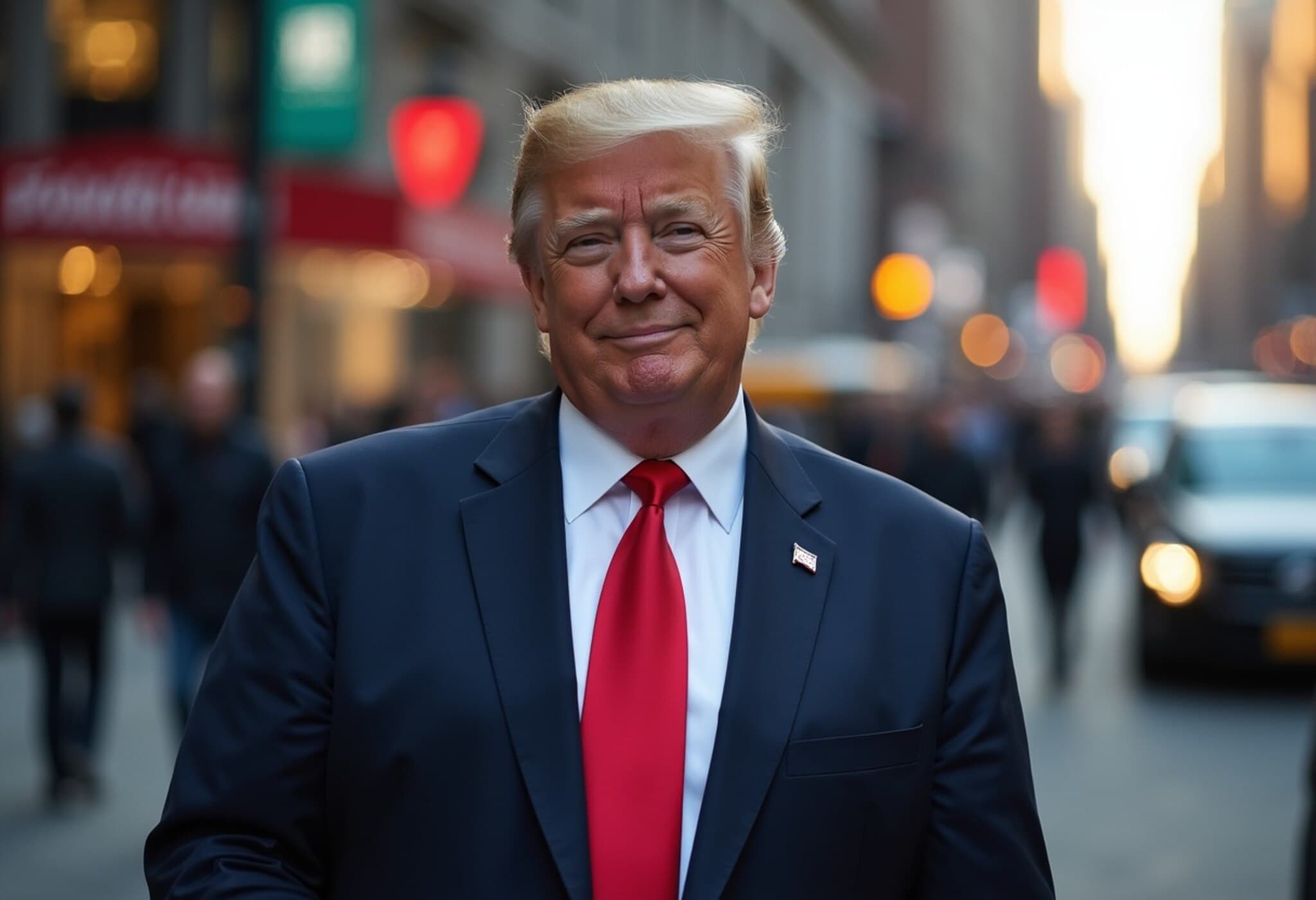Mexico’s Industrial Sector Confronts U.S. Tariff Volatility
In the bustling industrial zones of northern Mexico, near the U.S.-Mexico border, factories are grappling with a complex reality: the unpredictability of U.S. tariffs and the ripple effects on global supply chains. For decades, Mexican manufacturers leaned heavily on Asian suppliers for components and raw materials, but rising geopolitical tensions and shifting trade policies have rattled this long-standing model.
From Dependency to Adaptability: The Case of Danfoss in Apodaca
Take the example of Danfoss, a Danish firm assembling refrigeration and air-conditioning units in Apodaca. With nearly 80% of its products destined for the United States, the factory serves as a vital link in the North American supply chain. However, the specter of tariffs introduced in March 2025 under the previous administration's aggressive trade agenda posed a direct threat to its operations.
"When President Trump imposed additional tariffs on Mexican goods previously covered under trade agreements, it presented a serious challenge," said Xavier Casas, the factory’s operations head. "But instead of panic, we chose to innovate and adapt."
Strategic Shifts in Sourcing and Certification
Before the tariff changes took effect, only about 40% of Danfoss’ exports benefited from the protections of the United States-Mexico-Canada Agreement (USMCA). The company embarked on a multi-faceted strategy to bolster its tariff compliance and reduce exposure to unpredictable trade barriers:
- Localizing Suppliers: The factory aggressively pursued Mexican-made components, decreasing reliance on Asian imports vulnerable to tariff escalation and shipping delays.
- Certification Optimization: It identified which products already met USMCA rules but lacked formal certification, quickly rectifying documentation to secure tariff exemptions.
- Supply Chain Reconfiguration: The company reevaluated projects relying on imports from outside North America, seeking alternatives within the region to mitigate risks.
Casas captures the prevailing sentiment among many manufacturers navigating these turbulent times: "It’s like flying through turbulence. You grip your armrest tight, uneasy, but you trust the plane will touch down safely—most of the time, it does." His metaphor underscores the resilience and cautious optimism that characterize Mexico’s manufacturing sector amid complex trade pressures.
Broader Implications for Mexico and U.S. Trade Relations
Mexico stands at a critical juncture in the post-pandemic era when global supply chains are being reimagined. The U.S. has increasingly advocated for nearshoring — relocating production closer to home to secure supply lines and reduce dependencies on Asia. Mexican industries are responding not only out of necessity but also opportunity, aiming to cement their roles as integral partners in North American manufacturing.
However, this transition is not without challenges:
- Infrastructure and Investment Needs: To meet increasing demand for localized inputs, Mexican suppliers require investments in technology and capacity enhancement.
- Regulatory Ambiguity: The uncertainty surrounding tariffs and trade policies puts companies in a position where proactive risk management is essential yet complex.
- Workforce Development: Higher value-added manufacturing demands skilled labor, pushing Mexico to invest in education and training.
Economists note that Mexico's ability to adapt quickly could solidify its status as North America’s manufacturing hub, but political cooperation and transparent trade agreements will be key to sustained growth.
Expert Commentary: The Road Ahead
Dr. Elena Morales, a trade policy analyst based in Washington D.C., explains, "The fluctuating tariff landscape is a stress test for North American supply chains. Mexico’s strategic pivot away from Asian dependencies aligns with broader U.S. economic security goals. Yet, ensuring predictable, consistent trade policy will ultimately be the linchpin in realizing these shifts sustainably."
Her analysis highlights a crucial but often overlooked element: stable diplomacy and clear regulatory frameworks are just as important as economic strategies for cross-border commerce.
Conclusion
Mexico’s manufacturing sector is undergoing a profound transformation, driven as much by external policy shocks as by internal innovation. The Danfoss factory in Apodaca exemplifies a pragmatic response to an unpredictable U.S. trade environment — one that mixes resilience, strategic adaptation, and cautious optimism.
As companies recalibrate supply chains to navigate tariffs and geopolitical headwinds, Mexico’s industrial capital, Monterrey, and other manufacturing hubs stand to gain increased prominence on the global stage, provided they can sustain momentum and advocate for clearer policies.
The evolving relationship between U.S. trade policy and Mexican manufacturing reveals larger questions about global interdependence and economic sovereignty. How will Mexico balance the twin pressures of nearshoring demands and maintaining diverse trade partnerships? What role can governments play in smoothing these transitions to safeguard jobs and foster growth? These queries remain at the heart of current and future North American economic dialogue.

